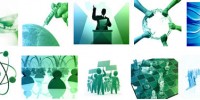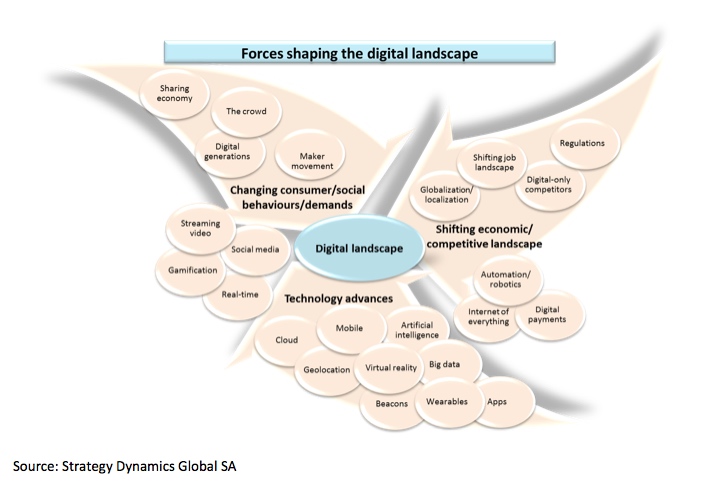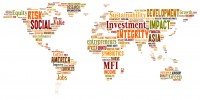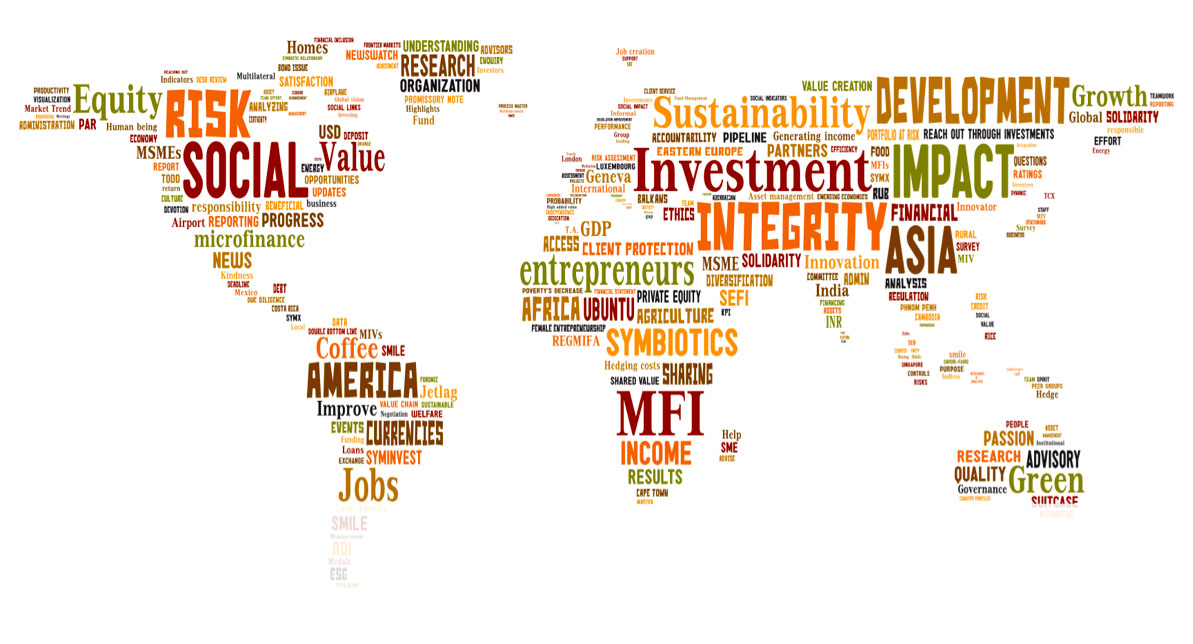
It’s been an unsettled and unsettling year around the world – with more of the same on the horizon.
To download the full briefing with examples, click the icon![]()
To download a summary without examples, click this icon ![]()
Oil prices remain low, creating economic and social challenges for oil exporters, many of whom are in geopolitically volatile parts of the world. At the same time consumers are benefitting but not always demonstrating the responsible behaviors that they are calling on businesses to implement, with American consumers for example buying record numbers of gas-guzzling SUVs this year. Whether we are on the tipping point of a new energy landscape remains to be seen. Financial markets were thrown into turmoil as the Swiss National Bank pulled its Euro peg – and are playing catch-up with crypto currencies on deploying blockchain technologies which could be massively disruptive to financial services, particularly as the sector continues to face multiple new challengers from P2P lending to technology companies' new payment systems.
Continue





